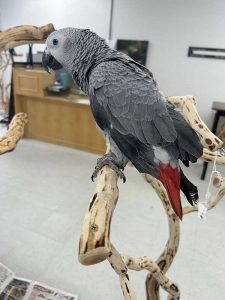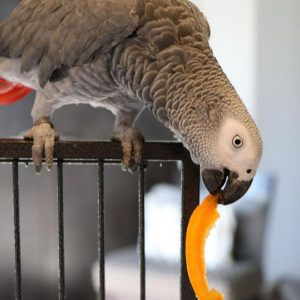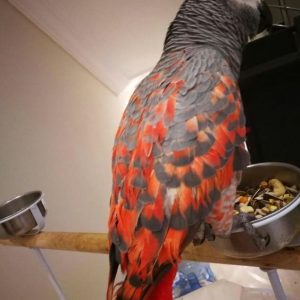Red tail African grey parrots for sale
The term “red-tailed African grey parrot” is often used interchangeably with the Timneh African grey parrot (Psittacus timneh). While Congo African grey parrots (Psittacus erithacus) also have some red in their tail feathers, it’s less prominent than in the Timneh. Therefore, searches for “red-tailed African greys” typically yield results for Timneh African greys.
Locating Red-Tailed African Grey Parrots
Several avenues exist for finding Timneh African grey parrots for sale in the USA:
-
Online Marketplaces: Websites specializing in exotic birds often list parrots for sale. These sites may include detailed descriptions, photos, and pricing information. Be sure to thoroughly research any seller before making a purchase.
-
Breeders: Reputable breeders focus on the health and well-being of their birds. They often provide extensive information on the birds’ lineage, health records, and temperament. Connecting with a breeder can ensure you acquire a healthy and well-socialized parrot.
-
Local Pet Stores: Some pet stores may carry African grey parrots, including Timnehs. However, it is crucial to carefully evaluate the store’s practices to ensure they prioritize ethical sourcing and animal welfare.

Important Considerations
Before purchasing any parrot, consider the following:
-
Cost: African grey parrots are expensive to purchase and maintain. Costs include the initial purchase price, ongoing food costs, veterinary care, and enrichment items.
-
Lifespan: African grey parrots can live for 50 years or more. Adopting one is a long-term commitment.
-
Legal Requirements: Check your local and state regulations regarding the ownership of exotic birds. Some areas have restrictions on owning certain species.
-
Ethical Sourcing: Ensure the parrot comes from a reputable source committed to ethical breeding practices. Avoid supporting illegal wildlife trade.
-
Commitment: African grey parrots are highly intelligent and social animals. They require significant time, attention, and interaction from their owners. They need large cages, stimulating toys, and a healthy diet






